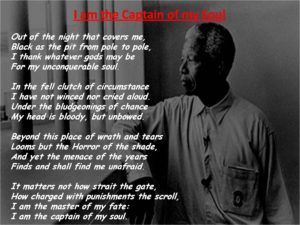
Every time you start a sentence with “I am”, you are creating what you are and what you want to be.
Make A Decision

Oh that this were true. It happens sometimes but not often enough for we often have previously made opposing decisions we have not rescinded. In order to make your decisions become reality you also need to do the steps necessary to bring them into being. You cannot win lotto if you don’t buy a ticket! You cannot build a house without laying some bricks!
Cuddling Kills Depression
Drug Company Pollution

On the subject of green systems of medicine – allopathic medicine is the biggest polluter by far – and homeopathy the greenest – by far. It is estimated that U.S. drug makers have legally released at least 271 million pounds of pharmaceuticals in recent years into waterways that often provide drinking water, according to an Associated Press investigation…
Seems the drug companies are messing up your health indirectly as well as directly. This should be no surprise to anyone. After all, if they are prepared to kill you directly with their drugs, killing the environment and thus you indirectly is a no-brainer!
Calcium plus vitamin D3 supplementation facilitated Fat loss
Recent evidence suggests that higher calcium and/or vitamin D intake may be associated with lower body weight and better metabolic health.
(Update 5 July 2024 Source link no longer available.)
Money Kills

The caption is incomplete or incorrect.
An inanimate object is not to blame for how it is used or misused.
Money is merely an idea backed by confidence. Withdraw the confidence in it and it loses its value.
Think of money as a vote and support for where you are spending it.
Stop supporting those who do evil with money and you are withdrawing support from them.
There needs to be enough money in existence to exchange the value of goods and services produced in the economy. No more and no less. If you have more money than the value of goods and services you get inflation. If there is less money than the value of goods and services you get deflation.
If the government creates the money instead of borrowing it from a private source (as it should) in the correct relationship to the goods and services being brought into existence then there is neither inflation nor deflation and no increasing debt.
Financial management of a country it is that simple.
It is made more complex in order to confuse and control people.
Before serving your country, first learn who your government serves.





